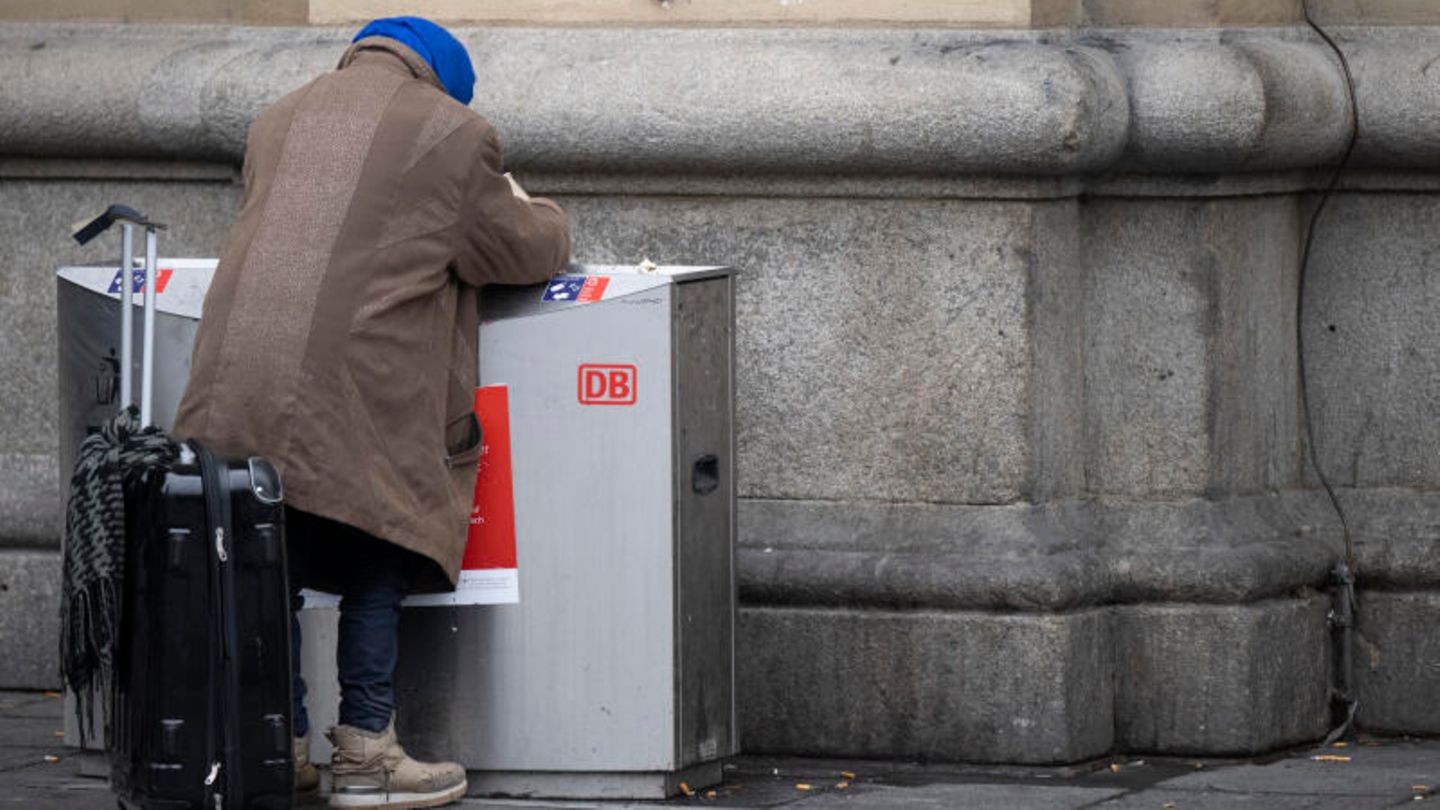More than a fifth of all Germans are at risk of poverty or social exclusion due to low income. This was announced by the Federal Statistical Office. The situation looks much better in Finland, for example.
In Germany around 17.3 million people were at risk of poverty or social exclusion last year. That corresponded to about a fifth (20.9 percent) of the population, as announced by the Federal Statistical Office in Wiesbaden on Tuesday. Compared to the previous year, the numbers remained almost unchanged – the share in 2021 was 21 percent. The statisticians based their data on the first results of the survey on income and living conditions (EU-SILC).
Insufficient income, significant material or social deprivation, low labor force participation: More than 17.3 million Germans are affected
According to the information, a person is considered to be at risk of poverty or social exclusion in the EU if at least one of the following three conditions applies: the income is below the at-risk-of-poverty line, the household is affected by severe material and social deprivation, or the person lives in a household with very low labor force participation. Some of those affected only meet one of the conditions, for others it could be all three, according to the Federal Office.
A person is considered to be at risk of poverty if they have less than 60 percent of the median income of the entire population. Last year, for example, this value was 1250 euros net per month for people living alone in this country. Specifically, around 12.2 million people (14.7 percent) were at risk of poverty in 2022. For comparison: In 2021, the at-risk-of-poverty rate was 16 percent.
According to the data, 5.1 million people (6.1 percent) were affected by severe material and social deprivation last year (2021: 4.3 percent). “This means that their living conditions were significantly restricted due to a lack of financial means,” the statisticians explained. For example, they are unable to pay rent or mortgage bills, go on vacation for a week, replace worn furniture, or go out to eat or drink with friends or family once a month.
Poverty in Germany: Hard to compare with other EU countries
Around 9.7 percent of the population under the age of 65, or 6.1 million people in Germany, lived in a household with a very low labor force participation rate in 2022 (2021: 9.5 percent). “That means that the members of the household were very little or not involved in the labor market overall,” said the Federal Office.
Helping Hands eV
Poverty in Eastern Europe: where no other help arrives, these people help
A complete EU-wide comparison was initially not possible due to a lack of data, as only about half of the countries had published results to date. Looking at the available data, Finland had the lowest proportion of people at risk of poverty or social exclusion in 2022 (16.3 percent). In contrast, the proportion was highest in Bulgaria at 32.2 percent. In 2021, Germany was just below the EU average of 21.7 percent with a share of 21 percent.
Source: Stern




